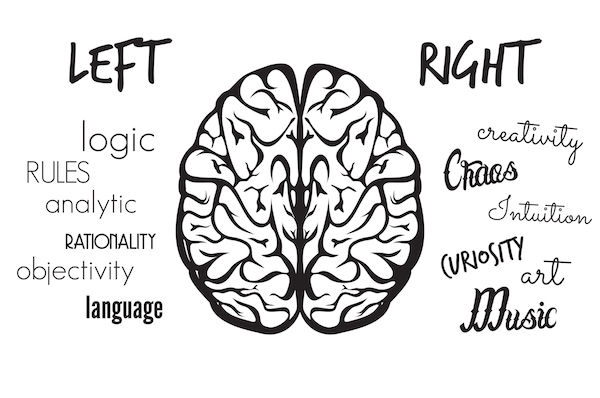THURSDAY, Nov. 3, 2016 (HealthDay News) — It happens to nearly everyone: You hear a bit of a pop song on your way to work and it gets “stuck” in your head all day.
Now, British researchers say they’ve determined why this so-called “earworm” effect is more likely with some songs than others.
“Regardless of the chart success of a song, there are certain features of the melody that make it more prone to getting stuck in people’s heads, like some sort of private musical screensaver,” explained study author Dr. Kelly Jakubowski, of the department of music at Durham University in Durham, England.
“These musically sticky songs seem to have quite a fast tempo, along with a common melodic shape and unusual intervals or repetitions, like we can hear in the opening riff of ‘Smoke On The Water’ by Deep Purple or in the chorus of ‘Bad Romance’ by Lady Gaga,” she said.
One common melodic pattern is a rise and then a fall in pitch between phrases. For example, this happens in the children’s rhyme “Twinkle, Twinkle Little Star,” as well as in Maroon 5’s hit “Moves Like Jagger,” the researchers said.
According to the study, 90 percent of people get a song stuck in their head at least once a week, typically when the brain is relatively unoccupied, such as while walking or doing chores.
But why do some tunes get stuck while others don’t?
To find out, Jakubowski’s team analyzed data from more than 3,000 people surveyed between 2010 and 2013. People were asked to list the songs that most tended to get stuck in their heads. The researchers then compared the melodies of these earworm songs to those of songs that hadn’t been cited as earworms but had achieved similar popularity on the U.K. music charts.
The songs included in the study were limited to genres such as rock, rap, pop, and rhythm & blues.
The study found real differences. Jakubowski’s group reported that the earworm tunes typically had a faster tempo and a fairly generic and easy-to-remember melody.
Not surprisingly, songs that got more radio play and have recently been on the hit charts are more likely to become earworms, the study found.
Along with recent and frequent exposure to songs, earworms can also occur when words, images or other associations dredge up a song from our memory, the researchers said.
“Our findings show that you can to some extent predict which songs are going to get stuck in people’s heads based on the song’s melodic content. This could help aspiring songwriters or advertisers write a jingle everyone will remember for days or months afterwards,” Jakubowski said in a university news release.
An unusual “interval structure” — unexpected jumps or repeated notes — can also make for a catchy tune, the research team said. Notable examples, according to the study authors, are the instrumental riff in The Knack’s “My Sharona,” or the swing classic “In the Mood” by Glenn Miller.
In the current study, the most common earworms people cited were: “Bad Romance,” Lady Gaga; “Can’t Get You Out Of My Head,” Kylie Minogue; “Don’t Stop Believing,” Journey; “Somebody That I Used To Know,” Gotye; “Moves Like Jagger,” Maroon 5; “California Gurls,” Katy Perry; “Bohemian Rhapsody,” Queen; “Alejandro,” Lady Gaga; and “Poker Face,” Lady Gaga.
And how do you get an annoying earworm out of your head? The researchers offered up some tips:
- Listening to the earworm song all the way through can actually help stop it from continuously looping in your brain.
- Distract yourself — by thinking of or listening to a different song.
- Try not to think about the earworm and let it fade away on its own — something most of those surveyed said eventually does happen.
The study’s findings could have real significance for neurological research, the British team added, helping scientists better understand how certain brain networks behave.
The findings were published Nov. 3 in the journal Psychology of Aesthetics, Creativity and the Arts.
More information
There’s more on how the brain works at Johns Hopkins Medicine.
Copyright © 2025 HealthDay. All rights reserved.

